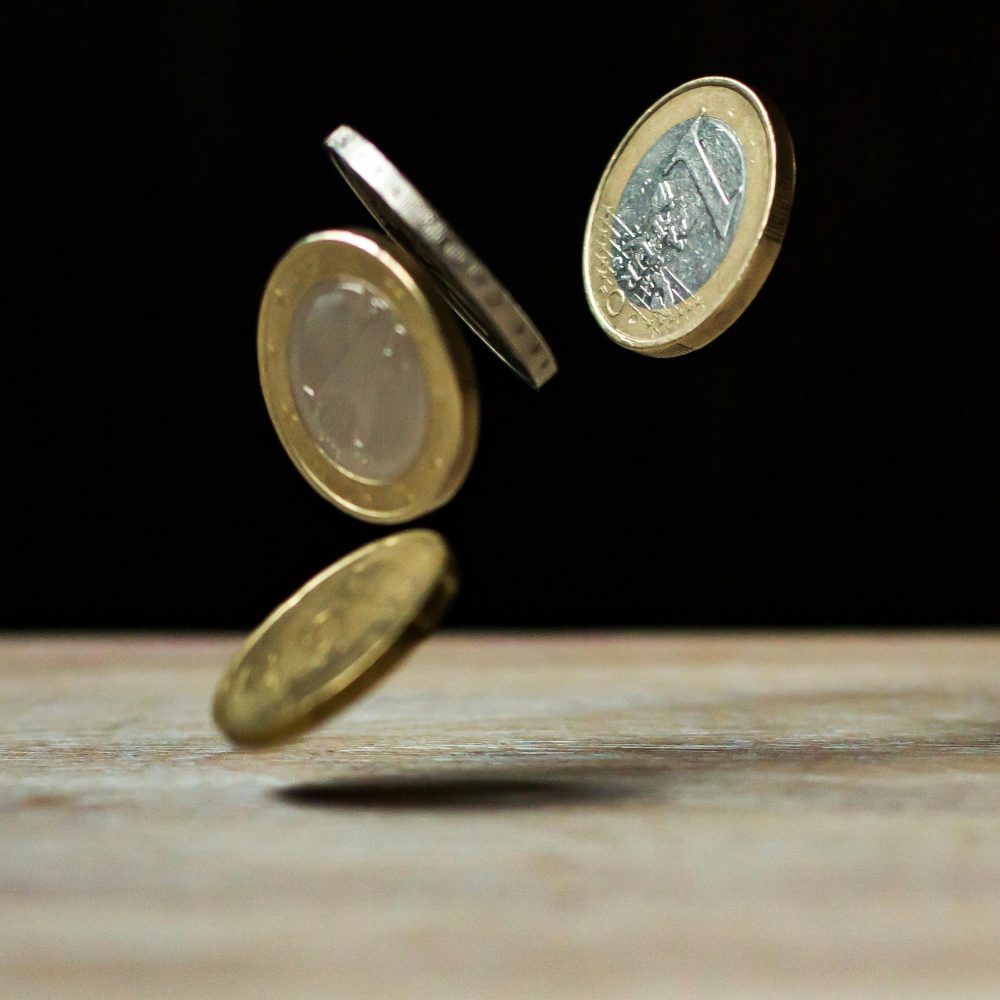Coin collecting presents a very interesting combination of history, art, and investment possibilities. However, due to the emergence of online markets and sellers, a significant number of fake coins are now a widespread issue. No matter whether it is a personal collection or an investment case, it is essential to know how to check whether a coin is a genuine one. This can be avoided by knowing what to find and where to find it, which will not only save thousands of dollars but also ensure that every purchase is a true treasure and not an overly priced counterfeit.
1. Consider the Physical Details of the Coin.
Each genuine coin has something to say by the way it is made. Begin with the fundamentals: weight, diameter, thickness, and design of the edges. Authentic coins are produced within precise requirements, and therefore, any slight variation may be an indicator of a problem.
The counterfeit coins can be quite convincing at a distance, but they do not have the sharp definition and symmetry that real coins have. The lighting factor also contributes; look at the coin in daylight, because the artificial light may hide the imperfections. An approximation of the imperfection, tool marks, or irregularities in the surface could be further perceived with the use of a magnifying glass or a tool, such as a jeweler, lens.
2. Test to Examine Correct Weight and Composition.
In genuine coins, the material used is of a certain kind of metal, and the weight of the coin is an expression of that accuracy. Any scale that is sensitive to differences of a hundredth of a gram is able to point to forgery.
In order to get further, a basic test of a magnet can speak volumes. In the case of more valuable coins, more sophisticated ways of testing, such as X-ray fluorescence (XRF) analysis or ultrasonic analysis, can be used to verify the makeup of the metal, but do not harm the coin. Such means can be obtained either via coin dealers or special appraisal services.
3. Buy only through Authorized and reliable Sellers.
The best protection against counterfeit coins is one that starts even before the purchase is made. The purchases conducted with reputable dealers, auction houses, or online platforms with high levels of authentication significantly reduce fraud cases. Dealer-related coins are frequently subjected to codes of ethics in the industry and are accompanied by documentation to prove the origin and authenticity of a coin.
Read the policies and look at sellers with a large number of positive reviews when purchasing online. Do not add any listing that has a too good to be true prices or dishonest product descriptions. Trusted marketplaces should generally permit a refund or buyer protection policies. An inquiry into the provenance of a piece (a history of who has owned it and when) is also a prudent move that can provide further evidence that the object has been treated appropriately and provenanced. When it comes to reliable coin authenticity and long-term value, those collectors who appreciate the value of reputable rare coins tend to resort to specialists who specialize in the purchase and sale of these coins.
4. Consult Professional Evaluation and Certification.
Professional Coin Grading Services (PCGS) or Numismatic Guaranty Company (NGC) are examples of organizations that verify the coins under controlled circumstances using special equipment and with the help of professional examiners. After certification, the coin is placed in a tamper-proof housing, it has its grade is printed, and a distinct identification number is attached to it.
Such certifications not only enforce authenticity but also assign a condition to a coin, which directly reflects on the market value.
5. Investigate and contrast Before Committing.
A knowledgeable consumer is the most effective protection against fraud, despite all the measures. Before you actually make a purchase, settle on your purchase by matching the coin you are interested in with known examples of the coin in known catalogs, museum holdings, or using official mint sites. The difference between a fake and a real coin can be conveyed through the use of deliberate aspects like spacing of letters, the faces of a portrait, or the finish on the metal.
Conclusion
Since inspecting the physical appearance is a step up to the use of professional grading and even trusted dealers, one step at a time creates a more formidable barrier against counterfeits. This is not just to maintain the value in terms of money but also to take care of the integrity of the collection itself. One of them is the real coins that have a physical relationship to the past–something that needs preserving by thoughtful, wise choices.
